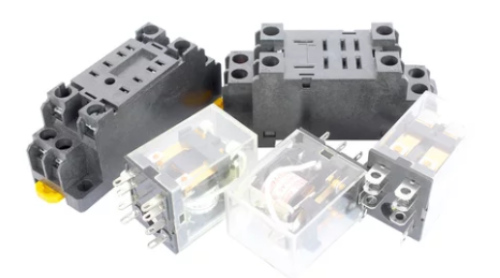What is a Relay? How do Relays Work?

What is a Relay?
Relay Basics:
Relays serve as electronic switches in a system. Their name aptly describes their operation - similar to a runner in a relay race, they receive an electrical signal and pass it along to another component or relay. This sets them apart from conventional manual switches that require physical manipulation to control energy flow or system operation.
Using Relays:
- Protect electrical systems from high voltage or current.
- Commonly used in various applications: lighting control, electronics protection, computer interfaces, appliances, motors, telecommunication, etc.
- Four types of terminals: coil, common, normally open (NO), and normally closed (NC).
- Coil controls the relay's switching mechanism.
- Common connects to the controlled circuit.
- NO terminals are open by default until the relay activates, while NC terminals are closed until the relay activates.
Relays operate based on electromagnetic induction. When the coil around the relay's core receives an electric current from the controlling power source, it becomes energized. This energization generates a magnetic field, which in turn attracts the contact and closes the circuit within the relay. As a result, the load being controlled is either turned on or off.
Electrical Relay Contact Types:
SPST (Single Pole Single Throw):
Basic relay controlling one circuit.
DPST (Double Pole Single Throw):
Two paired SPST relays, operating two separate circuits.
SPDT (Single Pole Double Throw):
SPDOne pole swinging between two positions, controlling one circuit at a time.
DPDT (Double Pole Double Throw): Control two circuits with two conductive positions each.
Types of Relays:
Electromechanical Relay (EMR):
Are basic, using a coil to manipulate a moveable contact. However, this motion can cause internal arcing, degrading the relay over time.
Solid State Relay (SSR):
Use semiconductors to control switching. A low-voltage optical signal triggers the relay to operate the higher-voltage load. They're fast, long-lasting, but generate extra heat from the semiconductor, needing heat management solutions.
Reed Relay:
Work electromechanically with a modified design to reduce EMR issues. They consist of two magnetic metal blades inside an inert gas tube with a coil. Energizing the coil brings the blades together, completing the circuit and reducing wear. They're slower and handle less current than SSR switches.

